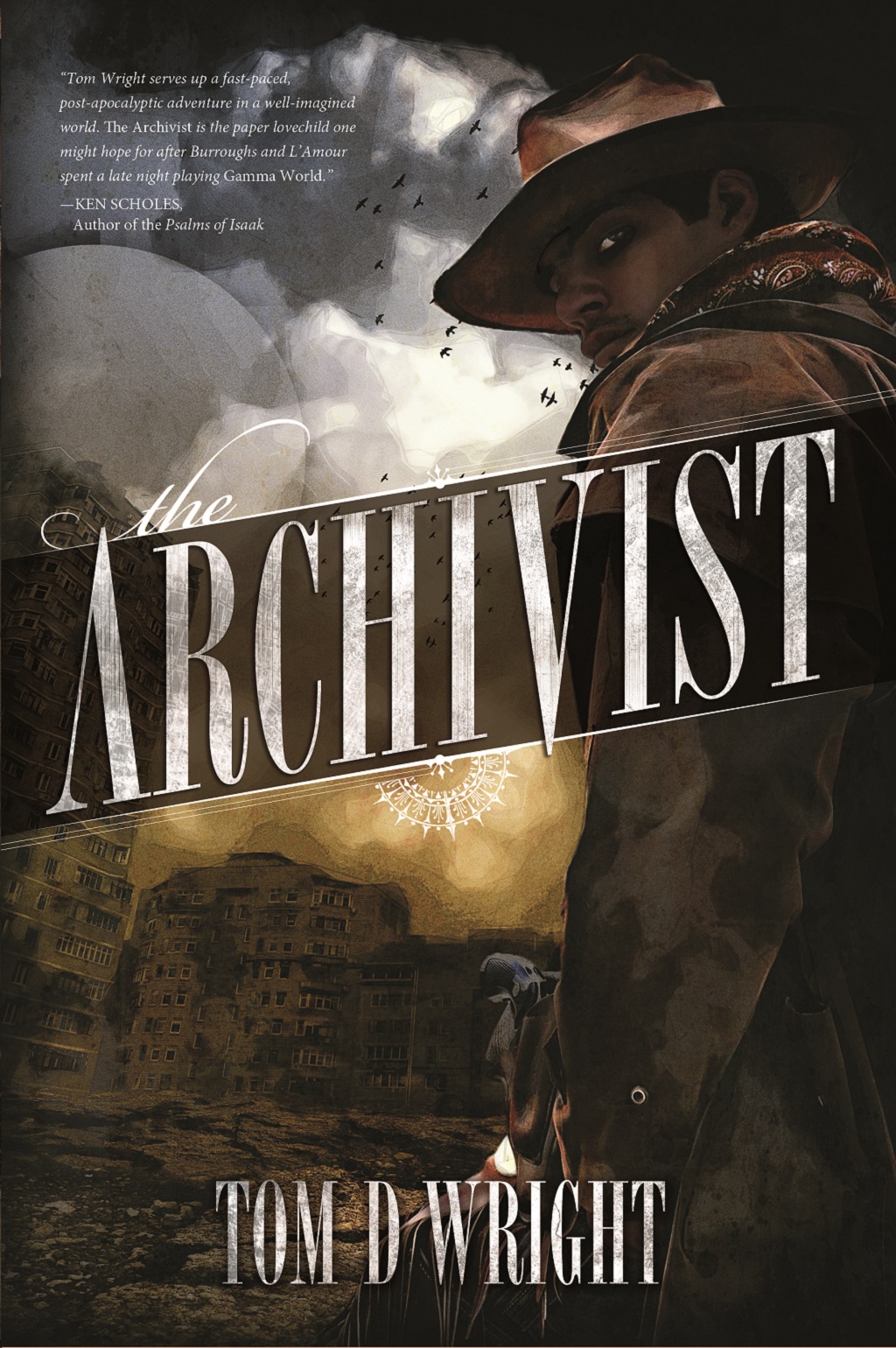Science Behind “The Archivist” (part 2)
This post will continue to look at some of the science that I incorporated into “The Archivist” which will come out in August 2015 through Evil Girlfriend Media.
Although in-vitro fertilization has been around for decades, and undoubtedly some people reading this post are so-called test tube babies, a major scientific breakthrough took place in July of 1996 when a sheep named Dolly was born. Dolly was the first animal cloned using an adult cell, and she lived for seven years. This has led to a create deal of debate about the merits and ethics of something called de-extinction, which is basically resurrecting extinct species through cloning. One prime candidate for de-extinction is the woolly mammoth, as well as the passenger pigeon, thylacine and the dodo bird–they all have my vote.
While the pros and cons are heavily debated, in “The Archivist” that question was never even asked when DARPA decided to bring back the Cave Lion in a secret research program.
Another frequent theme throughout the novel is a space elevator. Riding a controlled explosion into space may be exciting for some, but it has definite limitations. An elevator into orbit can be thought of as a port linking Earth with space bridge. And in “The Archivist”, just as throughout history, this bridge has great strategic value.
The story takes place in August of 2082, when Mars makes an exceptionally close approach to Earth and will be less than 35 million miles away. Although Mars and Earth near each other, or come to opposition about every 26 months, the distance between them can vary greatly. This is due to the fact that both planets have an elliptical orbit that is circular, but not perfectly round. There are some great simulators that can demonstrate just how this works.
When rebuilding civilization, there are going to be certain technologies that will be key to determining how quickly, and how painfully, civilization will be rebuilt. Someone else who has given a lot of thought to this is Lewis Dartnell who wrote “The Knowledge: How to Rebuild Our World from Scratch” and while what happens in “The Archivist” is not one of his envisioned scenarios, the rebuilding process would be very similar.
